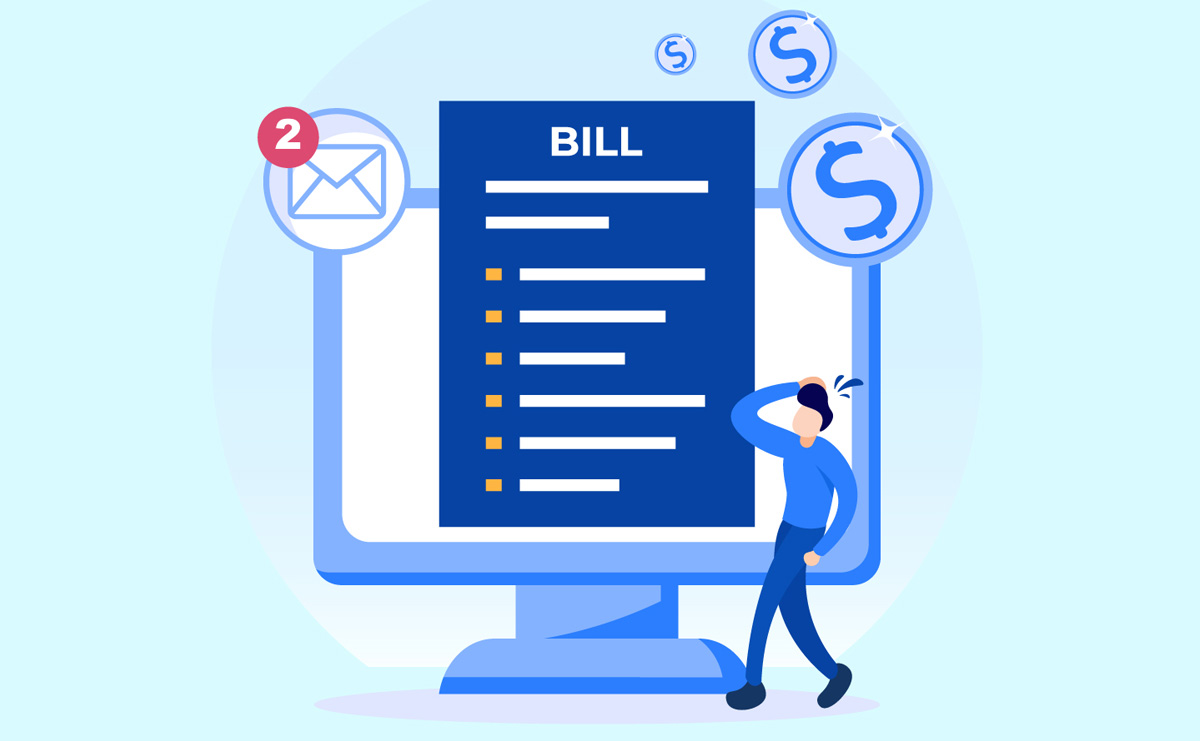Tribunal Ontario | LTB: Forms – L10
Form L10 – Certificate Of Service in Ontario
The “Certificate of Service” form is designed for landlords to certify the delivery of documents to a former tenant or a tenant no longer in possession of the rental unit. It details various methods of service, including direct handover, mail, courier, email under specific conditions, or through placement in a mailbox or door slot. The form emphasizes compliance with timelines for document delivery before a hearing, underscoring legal obligations and the potential for application dismissal due to non-compliance.
To fill out the “Certificate of Service” form for serving a former tenant or a tenant no longer in possession of the rental unit, follow these steps:
- Address of Rental Unit: Fill in the complete address of the rental unit, including unit/apartment/suite number, street address, municipality, and postal code.
- File Number: Enter the file number associated with the case.
- Document Details: Specify the document(s) you are serving (e.g., L10 Application, Notice of Hearing, or other documents) and the date of service.
- Recipient Details: Indicate whether the documents were given to the former tenant or another person and provide their name if “Other” is selected.
- Method of Service: Select the method used to serve the documents, providing specific details such as the address or email used for service.
- Notes and Signature: Review the notes for any additional instructions or requirements. The landlord or representative should sign and date the form to certify the service.
Ensure to serve documents in accordance with the guidelines provided and submit the completed form to the Landlord and Tenant Board before the specified deadlines.
Disclaimer: This guide is provided for informational purposes only and is not intended as legal advice. You should consult the Residential Tenancies Act or a legal professional.




